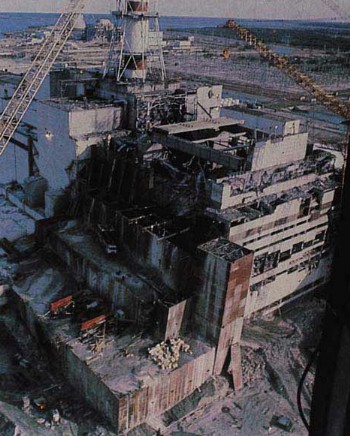The accident caught federal and state authorities off-guard. They were concerned about the small releases of radioactive gases that were measured off-site by the late morning of March 28 and even more concerned about the potential threat that the reactor posed to the surrounding population. They did not know that the core had melted, but ...
By the evening of March 28, the core appeared to be adequately cooled and the reactor appeared to be stable. But new concerns arose by the morning of Friday, March 30. A significant release of radiation from the plant=s auxiliary building, performed to relieve pressure on the primary system and avoid curtailing the flow of coolant to the core, caused a great deal of confusion and consternation. In an atmosphere of growing uncertainty about the condition of the plant, the governor of Pa., Richard L. Thornburgh, consulted with the NRC about evacuating the population near the plant. Eventually, he and NRC Chairman Joseph Hendrie agreed that it would be prudent for those members of society most vulnerable to radiation to evacuate the area. Thornburgh announced that he was advising pregnant women and pre-school-age children within a 5-mile radius of the plant to leave the area.
Within a short time, the presence of a large hydrogen bubble in the dome of the pressure vessel, the container that holds the reactor core, stirred new worries. The concern was that the hydrogen bubble might burn or even explode and rupture the pressure vessel.
...
NRC: Backgrounder on the Three Mile Island Accident

